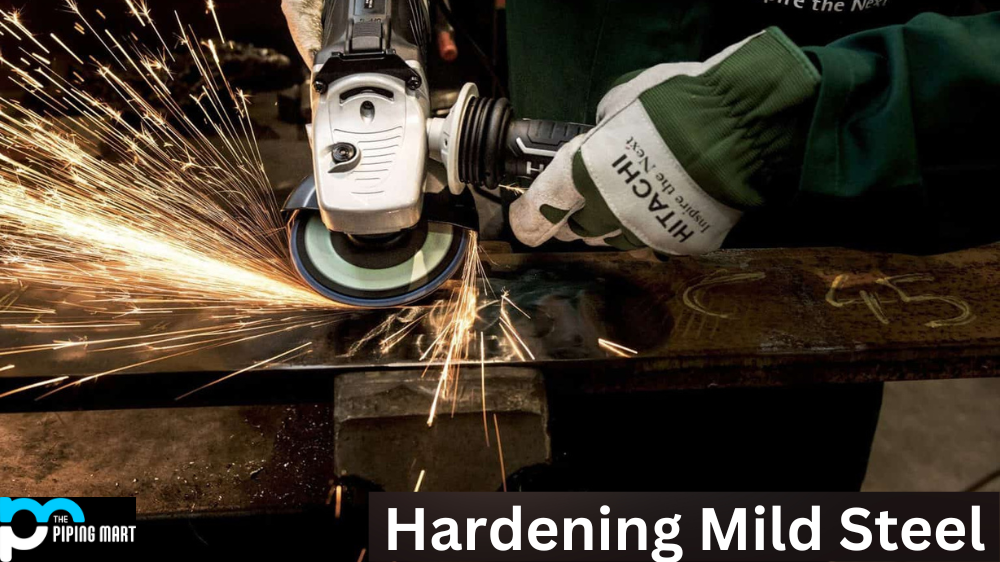Mild steel is a type of low-carbon steel that is used in many applications. It is beneficial for its strength and malleability, making it very ductile. However, mild steel has one drawback: its low carbon content can be challenging to harden. Fortunately, with the right tools and processes, it is possible to harden mild steel and make it even stronger.
What Is Hardening?
Hardening is a process by which you can make the metal more durable and harder. This process involves heating the metal until it reaches a specific temperature and then quickly cooling or quenching it. The quick cooling causes the metal’s structure to become more rigid, resulting in an overall increase in strength and durability.
How To Harden Mild Steel
Harden mild steel with heat treatment techniques such as quenching, tempering, or annealing. First, heat the steel until it reaches between 1,400°F (760°C) and 1,550°F (845°C). Then use a medium such as oil, air, or water to cool the metal rapidly—called quenching—which will cause the metal’s internal structure to change from one that is soft and malleable into one that is strong and rigid. Finally, temper the metal by reheating it at lower temperatures (300-400°F/150-200°C) for several hours, increasing its hardness even further without compromising its ductility or brittleness.
Annealing can also be used as an alternative hardening technique for mild steel; this involves slowly heating the material until reaching temperatures between 800°F (425°C) and 900°F (480°C), followed by slow cooling down over several hours or days. Annealing helps relieve internal stresses within metal structures caused by welding or machining operations. It also increases flexibility while improving the wear resistance of metals like mild steel.
Conclusion
Mild steel has many applications due to its ability to be easily shaped while still being strong enough for most uses. However, some applications may require hardened mild steel to withstand wear from constant use or exposure to harsh environments like salt water or high temperatures. Fortunately, there are ways you can harden mild steel without compromising its inherent properties, such as malleability or ductility, thanks to heat treatment techniques like quenching, tempering, and annealing – all of which involve careful manipulation of temperature combined with rapid cooling methods like air cooling or water quenching so you can get just the suitable properties out of your hardened mild steel parts! With these tips in mind, you’ll be able to get your project done successfully!

Pipingmart is a B2B portal that specializes in metal, industrial and piping items. Additionally, we share the latest information and information about materials, products and various types of grades to assist businesses that are involved in this business.




